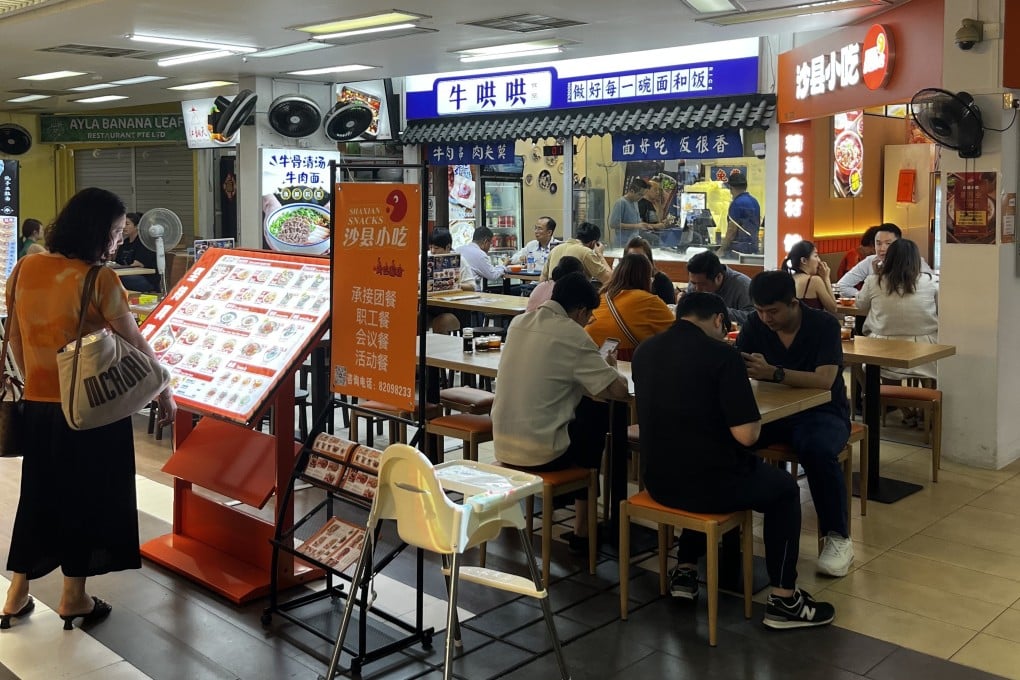As Singapore sees a surge of mainland Chinese eateries, is local food culture OK?
The rise of Chinese food brands in Singapore and their impact on local cuisine has sparked debates on cultural preservation and coexistence

Half of these storefronts display Chinese characters with minimal English translation, offering dishes like biang biang noodles from Xi’an, spicy stir fry mala xiang guo and rou jia mo (pork hamburger). Only three stalls sell local food, such as kueh (a colourful dessert made from rice flour) and roast meat; two of these stalls operate exclusively as takeaways.
Jeffrey, a 67-year-old retired civil servant who grew up in the area and declined to provide his surname, told This Week in Asia that it was getting harder to find some of his favourite local delights compared to options like mala xiang guo.
“There’s a lot more China-type cuisines than before, it’s now harder to find the local favourites like char kway teow (fried noodles) or hokkien mee (a stir-fried yellow noodle dish) or even a decent Singapore Chinese rojak (fruits and vegetables in a sweet-savoury sauce) or Peranakan pork satay with the peanut sauce and a dash of crushed pineapple,” he said.
The Chinese eateries are part of a growing trend of Chinese food and drink brands mushrooming throughout the city state, spreading beyond areas usually frequented by Chinese expats such as Orchard Road, Chinatown and Boat Quay to more local neighbourhoods like Toa Payoh.
This influx has caused anxiety among some residents, who worry it makes it difficult for Singaporean food culture to compete.